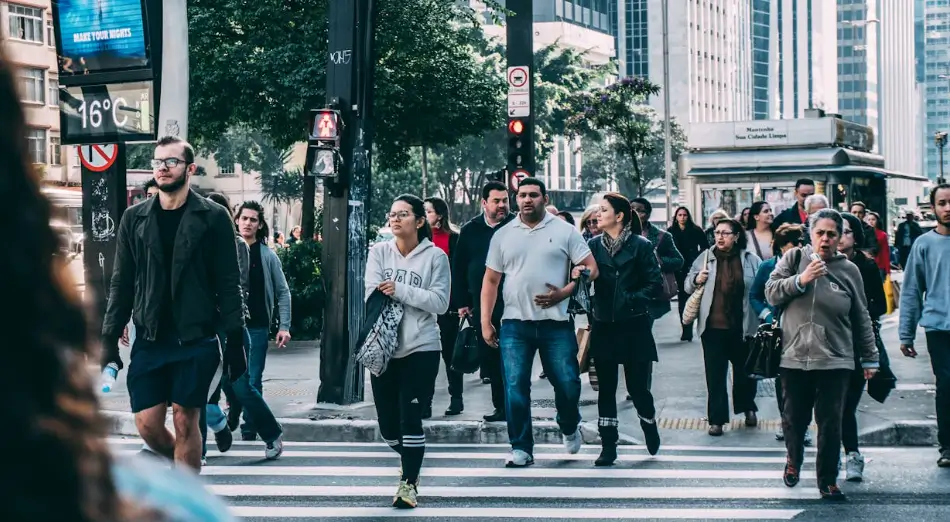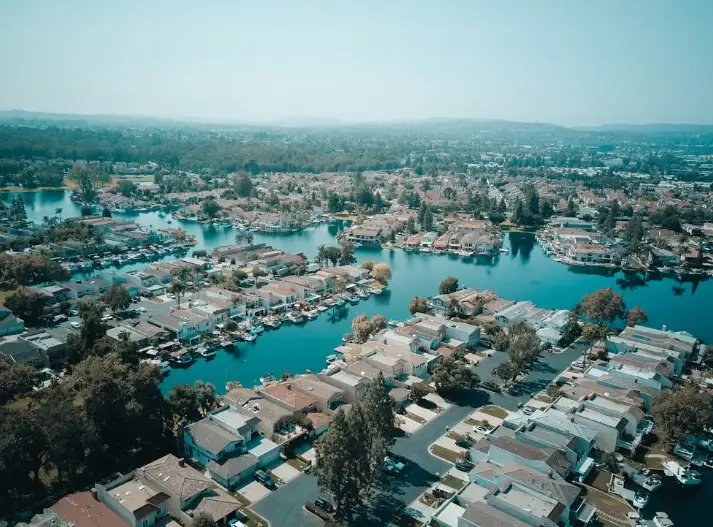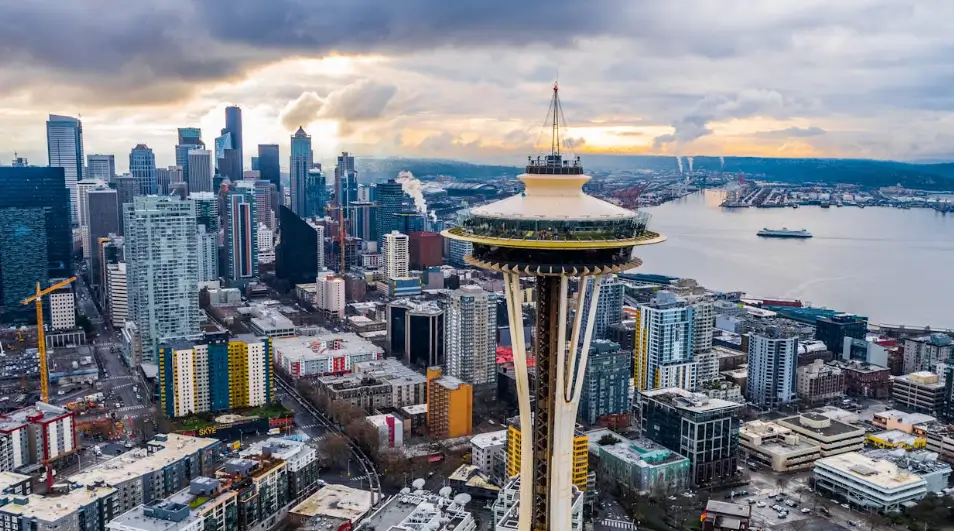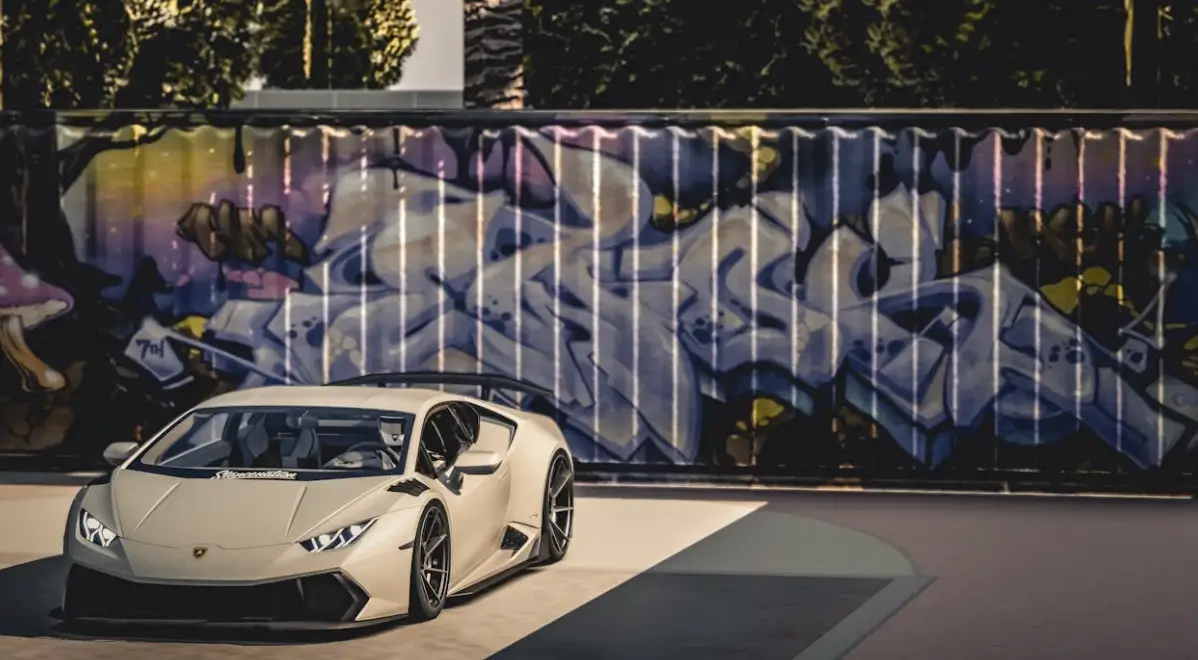Where you live is making you fat.
Not because you eat too much or move too little (at least not in the sense of going to the gym or playing sports). Because the places you live, shop, and commute through are built for cars, not for people.
The truth is simple: we engineered our cities for convenience and erased movement from everyday life.
The Geography of Health
Think about your daily routine. You drive to work. You drive to errands. You drive to see friends.
The average American walks less than half a mile a day because most neighborhoods are not designed for walking and in fact make walking pointless.
We built streets that stretch for miles without sidewalks. Grocery stores that hide behind football fields of parking. Homes so far apart that visiting a friend requires burning a gallon of gas.
Our bodies didn’t evolve for sitting still. We’re built to move.
Long before sidewalks and steering wheels, early humans survived by walking and running across miles of open land. Scientists call it the endurance running hypothesis. The idea that our bodies literally evolved for long-distance travel. Two feet, long legs, spring-like tendons, the ability to sweat for cooling...all tuned for motion, not idleness.
And when motion disappears, health follows it out the door.
Research from Boston University found that adults living in highly walkable neighborhoods were 1.5 times more likely to meet physical activity goals and 24% less likely to experience obesity. Those numbers trace the shape of the built environment more than they do the human body, but they reveal the same truth: we were made to move.

Wherever cities encourage walking, people walk. Where they don’t, they drive...and sit, and wait, and age.
The Quiet Design That Changed Everything
In the 1950s, we built a new American dream: detached homes, wide lawns, distant neighbors.
Zoning codes drew lines between every land use: houses over here, stores over there, schools miles away.
That separation reshaped daily life.
The simple walk to school became a bus ride. The corner store disappeared. The porch conversation faded into garage-door silence.
We stopped walking because there was nowhere worth walking to.
Think about your neighborhood. If you walk out your door right now, where would you want to go? Do you have a favorite spot you find yourself walking to every day? Maybe a local coffee shop? A small market? A friend’s house down the street? Maybe a short walk to your community center, theater, or bar?
More than likely, you’re answering “no” to most, if not all, of these. That should tell you something.
And it’s not just movement we lost. We lost community, too. When public space shrinks and private space expands, so does isolation.
The irony is that these places were meant to make life easier. But over time, they’ve made us heavier, lonelier, and less connected to the people around us.

When the Closest Thing Is the Drive-Thru
Our food geography tells the same story.
Drive five minutes in any direction and you’ll pass a dozen fast-food signs before you see a grocery store. Those choices didn’t appear by accident, they followed the roads we built.
Highways invited chains. Strip malls invited repetition. Zoning made it simple for fries to move in and nearly impossible for farmers’ markets to survive.
Urban planners call these “food swamps”., places where unhealthy options outnumber healthy ones by ten to one. And for millions of Americans, they’re home.
Health doesn’t begin with self-control. It begins with what’s around you.
The Barriers You Don’t See
Even people who want to walk or bike often can’t.
Some neighborhoods don’t have sidewalks at all. Others have crosswalks that lead to that wonderful place called nowhere.
A missing curb cut can trap a wheelchair user. A broken streetlight can keep a jogger indoors. A high-speed road can divide a whole community.
These details might seem small, but together they decide whether movement feels natural or dangerous.
And for many lower-income and minority neighborhoods, the neglect runs deeper. Fewer parks. Fewer safe crossings. Less investment. The same places that could benefit most from safe, walkable design are the ones that have been left out of it.
This is not just an example of poor planning. It's the remnants of a broken, prejudiced, and stubborn system.
The Hidden Cost of Staying Still
Sprawl looks cheap on paper but costs a fortune in practice.
The U.S. spends over $117 billion every year on health impacts linked to physical inactivity. Add the economic drag of long commutes, pollution, and lost productivity, and the price of our design choices climbs even higher.
Every lane mile of asphalt is a silent invoice.
Every oversized parking lot is an uncollected tax on public health.
We’ve built cities that discourage movement, then spend billions treating the consequences.
Designing for Movement Again
So what would it look like to fix this?
It starts small: a sidewalk that actually connects...somewhere.
A park within walking distance. A street safe enough for a child to bike to school.
Then it grows: corner stores zoned into neighborhoods again. Apartments over cafes. Transit that’s frequent, clean, and visible.
Cities thrive when daily life happens outside the car. When we let ourselves get exposed socially, not close ourselves into a buble with wheels. More foot traffic means more interaction. More eyes on the street mean safer communities. More shared spaces mean stronger neighborhoods.
Planners call that “human-scale design.” People just call it living.
The Neighborhood That Moves With You
I’ve lived in both kinds of places.
In the car-dependent suburbs, every errand meant driving. I moved less, saw fewer people, and felt drained by the sameness of it all. I still do.
In compact, walkable cities like Vicenza, Italy, I didn’t “work out.” I just moved.
Groceries were a few blocks away. Parks and squares were part of the route, not the destination. Walking wasn’t exercise, it was how life happened.
Small things became part of my favorite things. The smell coming from the bakery on my way to studio, the "buon giorno" from the small shop owner selling veggies and fresh fruits, the coffee barista opening shop with the intoxicating scent of coffee (of course I had to step in and get my morning brew...with brioche).
The difference became invisible until I left. Then it hit me: the environment was shaping my happiness just as much as it was shaping my health.
The Real Definition of Health
Health isn’t only about doctors or diets. It’s about design.
It’s about whether you can walk to your friend’s house, or whether a four-lane road divides you.
It’s whether you breathe air that smells like trees or traffic.
It’s whether your city supports life in motion or life in idle.
Every building code, every sidewalk, every zoning line tells a story about what we value.
Right now, that story favors cars.
But stories can change and in some cities, it is changing.
The Takeaway
Your neighborhood is making you fat.
It’s also making you tired, isolated, and disconnected.
But it doesn’t have to stay that way.
Cities are human inventions. That means they can be reinvented.
And when we start designing for movement, for connection, for health, we start to fix something more than just a neighborhood.
We start to fix, ourselves.
%20(1200%20x%20237%20px)%20(300%20x%2059%20px).webp)





